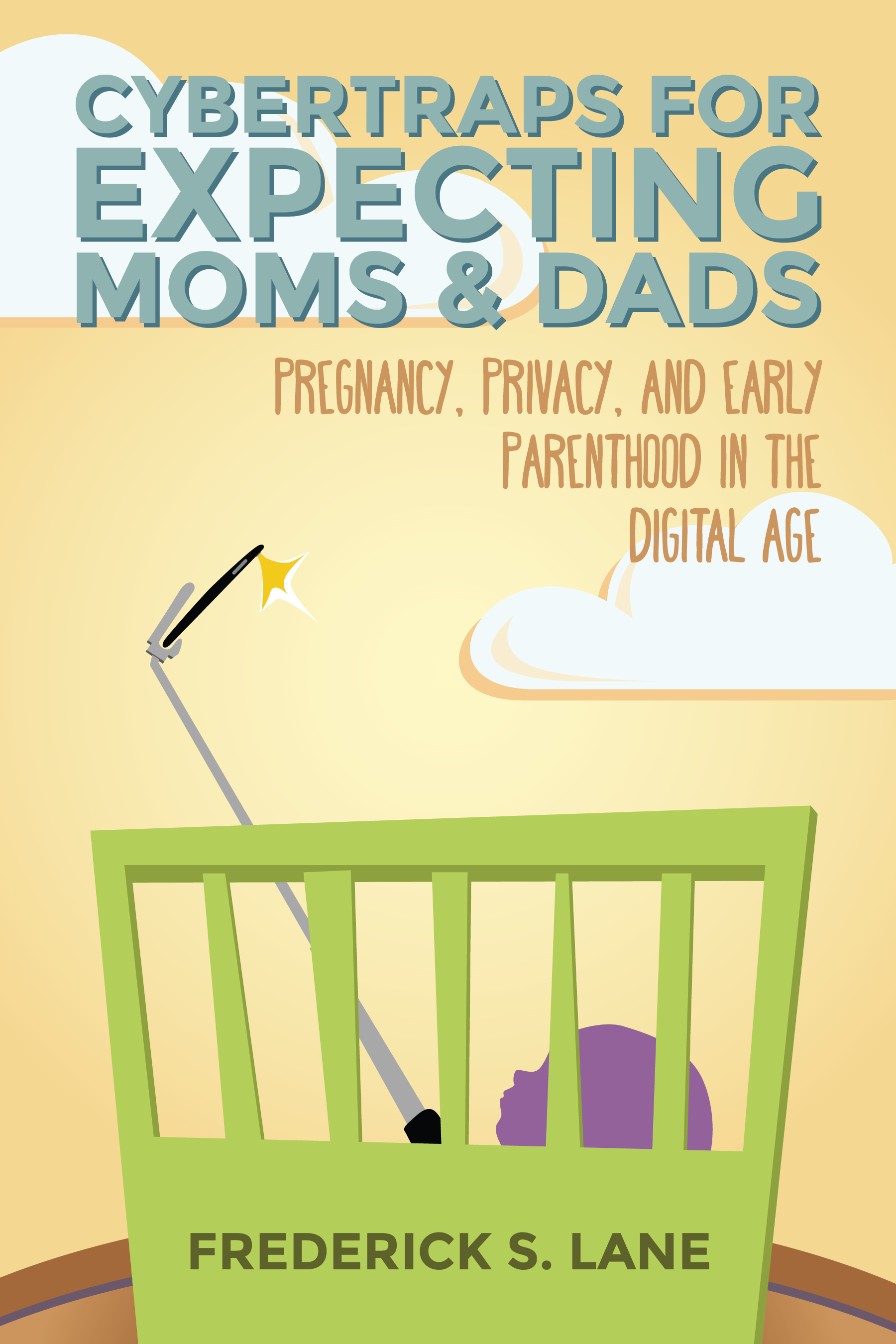Share this news on:
Previous
15 Dec 2021
14 min read
Cybertraps for Educators: Digest #2021-12-06
Next
18 Dec 2021
17 min read




![[C4EMD] Chapter One](/content/images/size/w1170/2021/12/2017_Cybertraps-for-Expecting-Moms-and-Dads.jpg)





![[C4EMD] Chapter Eleven](/content/images/size/w300/2022/02/2017_Cybertraps-for-Expecting-Moms-and-Dads.jpg)
![[C4EMD] Chapter Ten](/content/images/size/w300/2022/01/2017_Cybertraps-for-Expecting-Moms-and-Dads-2.jpg)
![[C4EMD] Chapter Nine](/content/images/size/w300/2022/01/2017_Cybertraps-for-Expecting-Moms-and-Dads-1.jpg)
![[C4EMD] Chapter Eight](/content/images/size/w300/2022/01/Cover_Cybertraps-for-Expecting-Moms-and-Dads.png)

Leave a comment